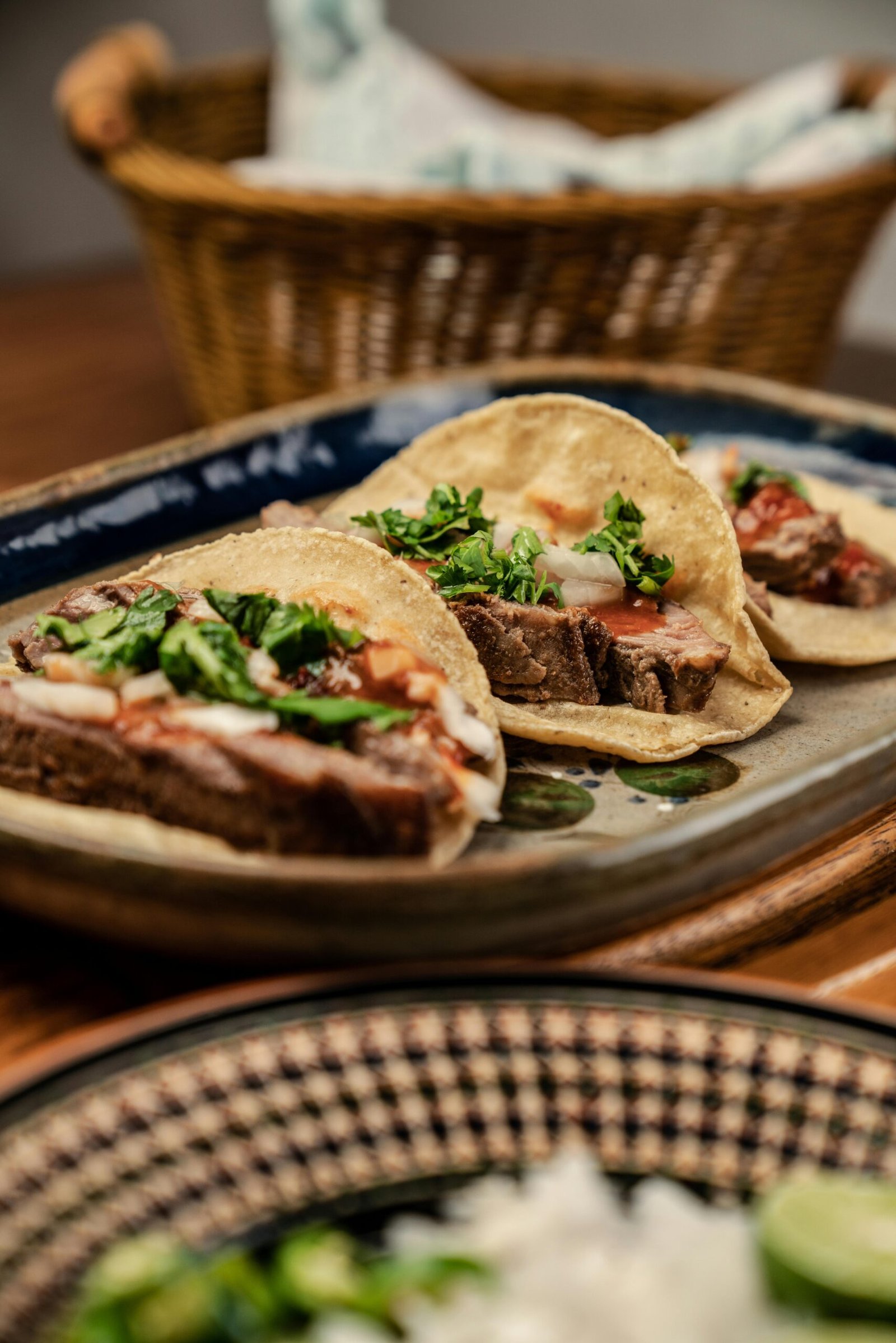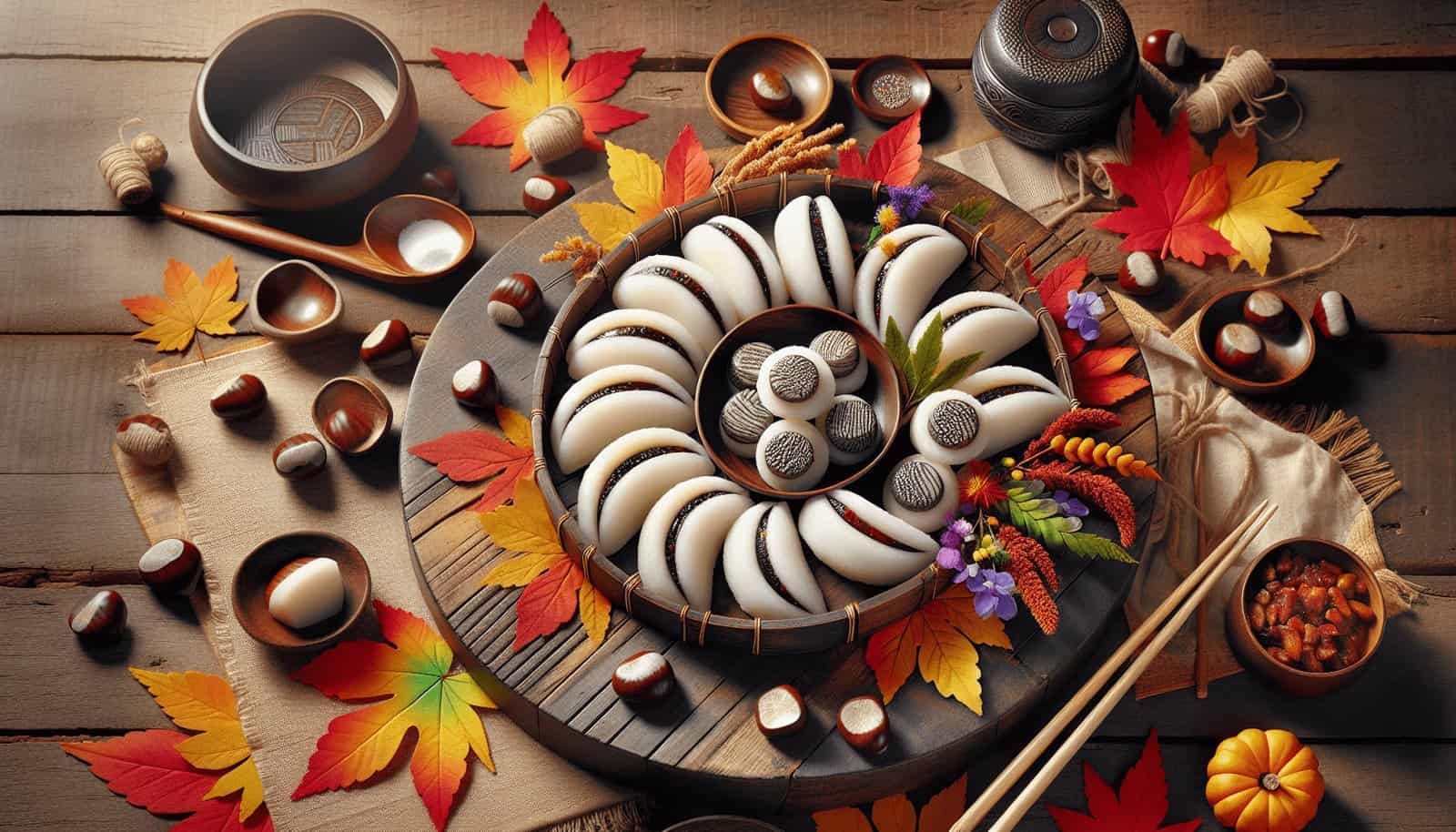Can you recommend traditional Korean dishes that are enjoyed during the Chuseok holiday? This is a question many people ask when they want to celebrate this important Korean harvest festival authentically. Chuseok, often referred to as Korean Thanksgiving, is a time for family gatherings, giving thanks for the harvest, and, of course, indulging in delicious traditional foods. Let’s discuss some of the quintessential dishes you might find on a Chuseok dinner table.

What is Chuseok?
Chuseok, traditionally held on the 15th day of the 8th month of the lunar calendar, is a major harvest festival in Korea. This three-day event is often celebrated with family reunions, ancestral rituals, folk games, and the sharing of food. The primary focus of Chuseok is to give thanks to ancestors for the abundant harvest and share the good fortune with family members.
The Cultural Significance
The Chuseok rituals, known as Charye, include paying respects to deceased ancestors, often through the offering of specially prepared foods. The act of sharing and partaking in these foods is seen as a way to maintain familial bonds and honor cultural heritage.
The Modern Celebrations
While Chuseok’s roots are ancient, modern celebrations can vary. Many families still hold onto traditional rituals, while others may celebrate with more contemporary twists. However, the common thread is the celebration of family and food.
Essential Ingredients in Chuseok Dishes
Understanding the key ingredients can give you a comprehensive view of why these dishes are special for Chuseok. Most of these foods are prepared using fresh, seasonal ingredients.
- Rice – Often the foundation of many dishes.
- Beans – Especially black beans, used in various preparations.
- Sesame Seeds and Oil – Add rich, nutty flavors.
- Mugwort – Often used in rice cakes.
- Korean Pears and Apples – Popular in desserts and offerings.
Traditional Dishes Enjoyed During Chuseok
Here are some traditional Korean dishes typically enjoyed during the Chuseok holiday.
Songpyeon (송편)
Songpyeon is perhaps the most iconic food associated with Chuseok. These half-moon-shaped rice cakes are made from glutinous rice dough and typically filled with sweet fillings like sesame seeds, honey, and chestnuts. Songpyeon symbolizes gratitude and is believed to bring good fortune.
Cooking Tip: The rice cakes are often steamed on a bed of pine needles, which not only imparts a subtle pine fragrance but also prevents sticking.
Jeon (전)
Jeon refers to a variety of savory Korean pancakes, typically made by coating slices of meat, fish, or vegetables in flour and egg wash before frying them. Some popular varieties include:
- Dongtaejeon: Pollock fish pancake.
- Yachaejeon: Vegetable pancake.
- Buchujeon: Garlic chive pancake.
Cooking Tip: Serve these pancakes with a side of dipping sauce made from soy sauce, vinegar, and sesame seeds for enhanced flavor.
Japchae (잡채)
Japchae is a classic Korean dish made from sweet potato starch noodles, also known as glass noodles, stir-fried with an array of vegetables, beef, and a sweet-savory soy sauce. This dish is highly versatile and is often enjoyed cold or warm.
Cooking Tip: To retain the vibrant colors of the vegetables, stir-fry them separately before mixing them with the noodles.
Galbijjim (갈비찜)
Galbijjim is a savory braised short rib dish that’s both tender and flavorful. The ribs are slow-cooked with soy sauce, garlic, and other seasonings, making the meat fall-off-the-bone tender.
Cooking Tip: Adding vegetables like carrots and chestnuts not only enriches the flavor but also adds texture and visual appeal to the dish.
Hangwa (한과)
Hangwa is a traditional Korean confectionery often enjoyed during special occasions such as Chuseok. Made from glutinous rice flour, honey, and other natural ingredients, these sweets come in various shapes and textures.
- Yakgwa: A deep-fried honey cookie.
- Dasik: Pressed cookies made from rice flour, pine pollen, or black sesame seeds.
Cooking Tip: Pair Hangwa with a cup of traditional Korean tea for a delightful treat.
Toran Tang (토란탕)
Toran Tang is a taro soup often served during Chuseok. The taro provides a unique texture and flavor, making this soup a comforting dish for the holiday table.
Cooking Tip: Ensure the taro is well-cooked to achieve a soft, creamy texture, complementing the broth’s subtle flavors.
Seasonal Fruits and Beverages
In addition to the main dishes, Chuseok celebrations also feature a variety of seasonal fruits and traditional beverages.
Korean Pears (배)
Korean pears are larger and juicier than their Western counterparts. They are often used in Chuseok rituals and enjoyed as a fresh dessert.
Jujubes (대추)
Jujubes, also known as red dates, are commonly used in Chuseok celebrations. Known for their health benefits, they are often incorporated into dishes or enjoyed on their own.
Baekseju (백세주) and Makgeolli (막걸리)
Baekseju is a traditional Korean rice wine infused with ginseng and herbs, known for its smooth taste and health benefits. Makgeolli is a slightly sweet, milky rice wine that’s often enjoyed during harvest celebrations.

Preparing for Chuseok: Tips and Tricks
To ensure your Chuseok feast is a success, here are some practical tips.
Plan Ahead
Many of these dishes require time and multiple steps to prepare. Start your preparations a few days in advance to avoid any last-minute stress.
Involve the Family
Chuseok is all about family unity. Involve your family members in the cooking process. Making Songpyeon or Jeon together can be a fun and rewarding experience.
Ingredient Substitutions
If you have difficulty sourcing some traditional ingredients, don’t hesitate to find suitable substitutions. For instance, if Korean jujube is unavailable, dried dates can be a good alternative.
Serving and Enjoying the Feast
Chuseok is more than just about food; it’s about sharing and creating memories with loved ones. Setting the table, presenting the food in an appealing manner, and taking time to appreciate everyone’s efforts adds to the celebration’s joy.
Table Setting
Use a traditional Korean table setting if possible. Small bowls for soups and stews, larger plates for main dishes, and communal serving dishes for shared items create a sense of unity.
Dining Etiquette
While Chuseok is a festive occasion, following traditional Korean dining etiquette adds to the cultural experience. This includes waiting for elders to start eating and ensuring that each person has equal portions.

The Significance of Sharing Food
Sharing food during Chuseok is a deeply symbolic act. It’s an expression of respect, gratitude, and unity. Each dish tells a story, connecting the present with the past and weaving a tapestry of cultural heritage.
Storytelling Through Food
Many Chuseok dishes have stories or legends associated with them. For example, Songpyeon is said to represent the moon and the hope for a bright future. Sharing these stories while dining deepens the cultural experience.
Building Bonds
The act of sharing not only nurtures the body but also the soul. Preparing and eating Chuseok dishes together strengthens familial bonds and creates lasting memories.
Wrapping Up Your Chuseok Celebration
As Chuseok comes to a close, take a moment to reflect on the joy and gratitude you’ve shared with your loved ones.
Leftover Logic
If you have leftovers, consider creative ways to repurpose them. Japchae can be transformed into a stir-fry, and Jeon can be reheated for a quick snack.
Expressing Gratitude
Thanking each other for the shared efforts and the time spent together encapsulates the essence of Chuseok. It’s a moment to cherish and look forward to the next year’s celebration.
Passing Down Traditions
Encouraging the younger generation to participate in Chuseok preparations ensures that these cherished traditions continue to thrive. It’s a beautiful way to keep cultural heritage alive.
In conclusion, Chuseok is a beautiful blend of gratitude, family, and culinary tradition. By incorporating these traditional dishes into your celebration, you are honoring Korean culture and creating meaningful memories that will be cherished for years to come. Enjoy celebrating Chuseok with these delightful traditional dishes and embrace the spirit of gratitude and unity that this holiday embodies.

